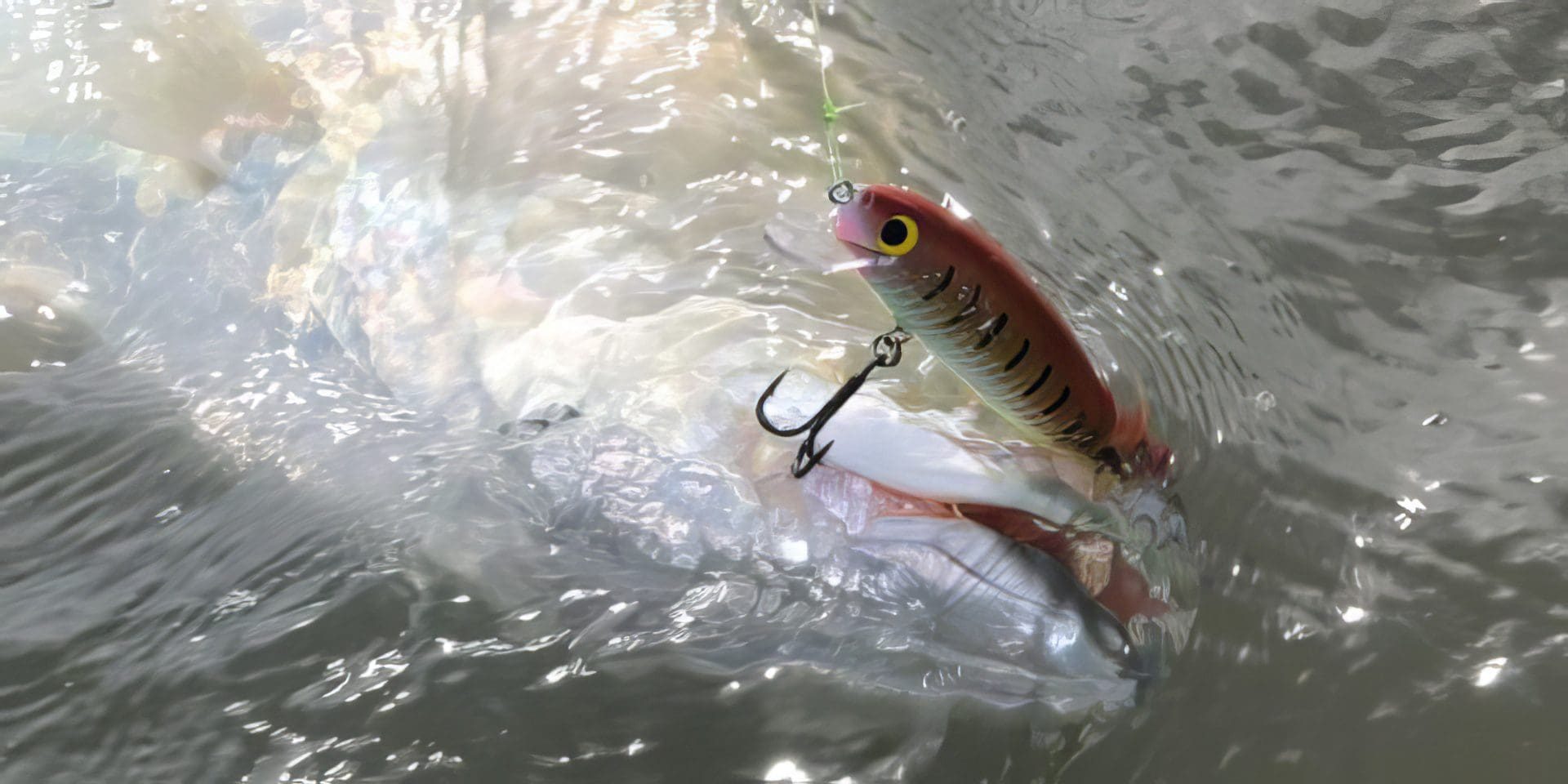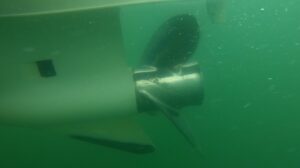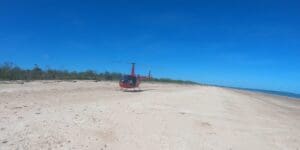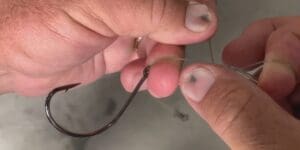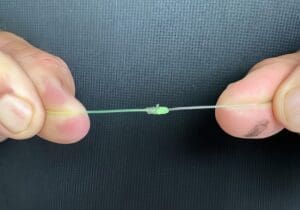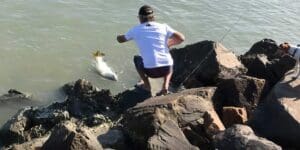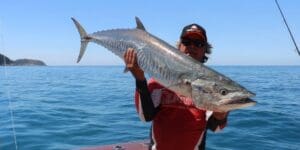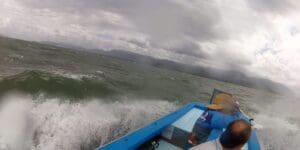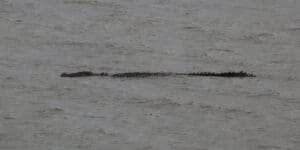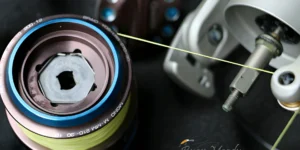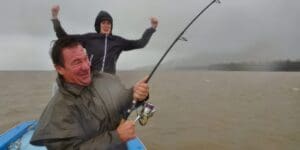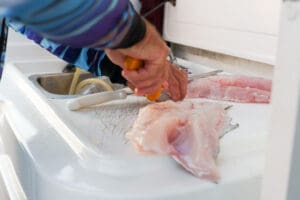It’s one thing making timber lures, quite another to make ones that catch big fish.
No-one knows this better than master lure craftsman Dave Killalea – now operating under the name Old Dog Lures.
I have caught over 2000 massive metre plus barra in my time, many on a Dave Killalea lure.
When making a timber lure Dave pretty much starts with a request from an angler.
For example in the case of the Mutt, I asked Dave to design me a lure that needed to run in less than one metre to catch big fish in shallow water applications.
He now has three versions of this versatile little lure.
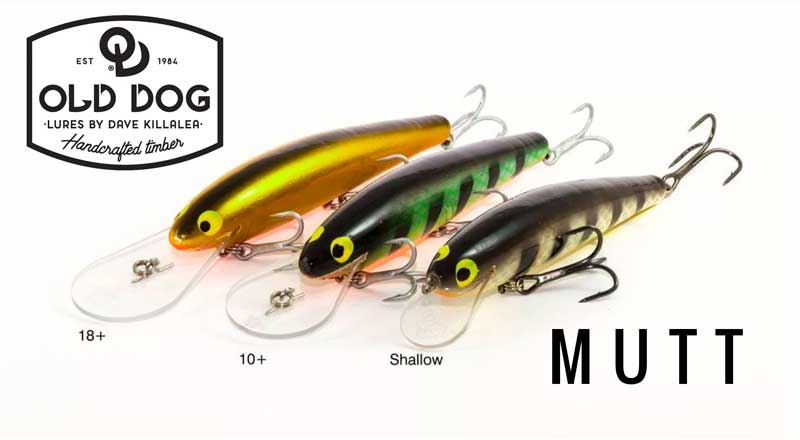
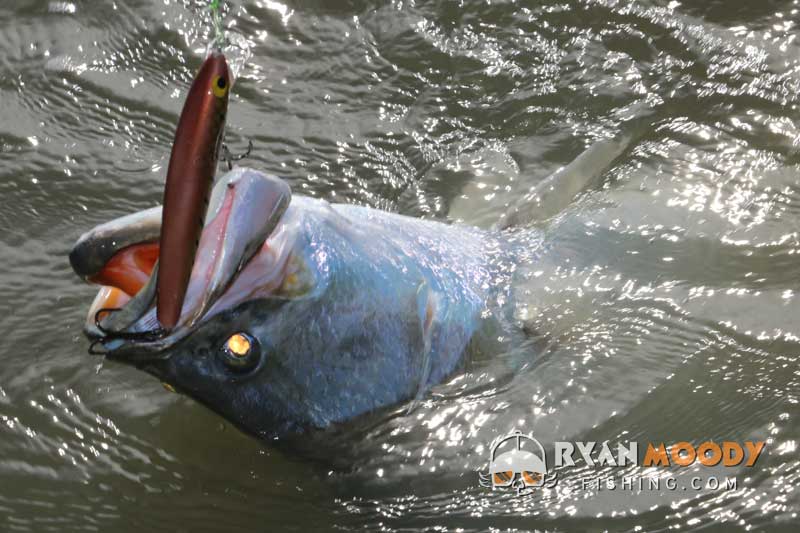
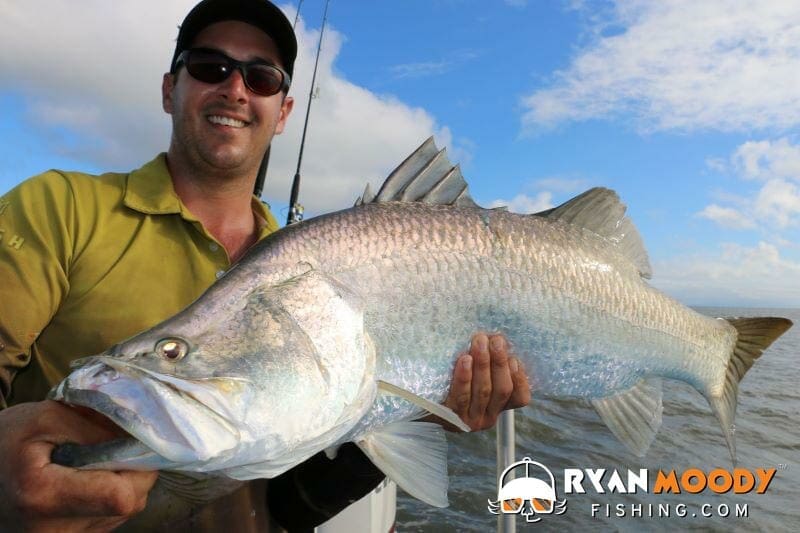
Design faults.
The difficulty catching big fish on a timber lure is that some lures on the market today are made of balsa wood. This is fine for catching Pike in Europe, but can just rip apart when faced with a brute like our Aussie barra.
Aussie lure manufacturers have had to use more durable timbers and heavier hardware (hooks and split rings), and even change the way lures are made.
One of the major issues is the internal wire.
A full-length wire is necessary however to get a one piece wire into a timber lure you need to cut the lure in half. Otherwise the wire can rip out under heavy pressure.
This makes it very hard to cut it exactly right to ensure the lure swims correctly when stuck back together.
To add weight you also must drill a hole exactly right or the lure will be off balance.
A new technique for making timber lures.
Taking a leaf from the plastic manufacturers, Dave has developed a way to make the lures in two pieces. This ensures they are perfectly symmetrical.
He can also add weight where ever he wants during the process.
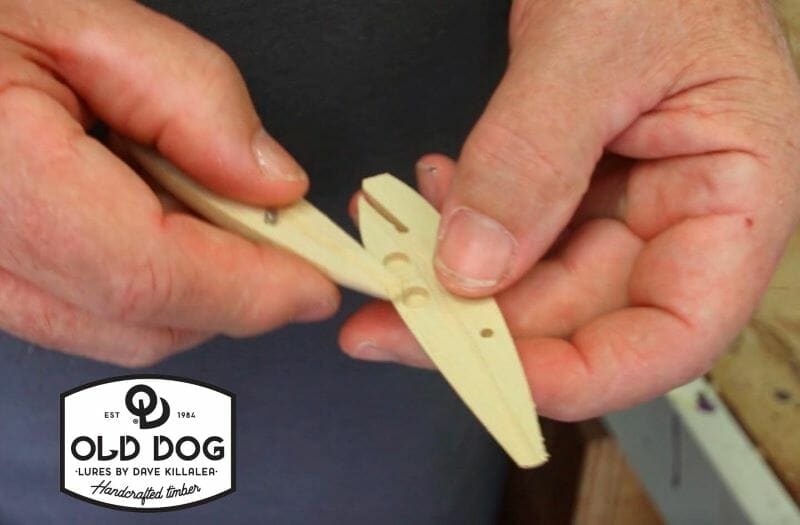
Today we talk to Dave about how he designs a new lure and a new technique for making timber lures to stand up to the rigours of catching big fish!


